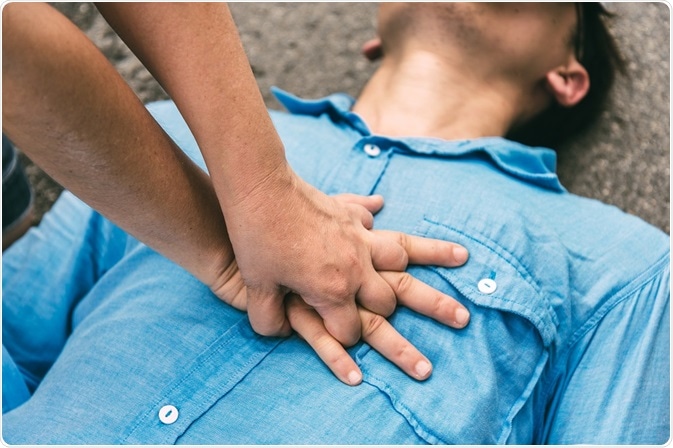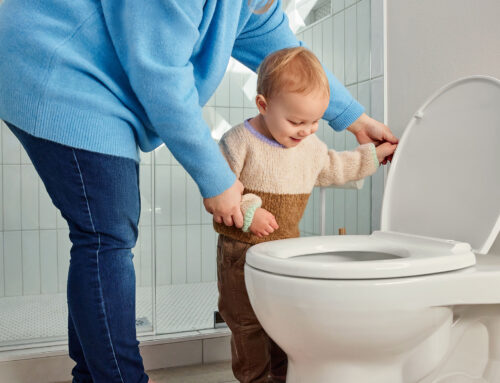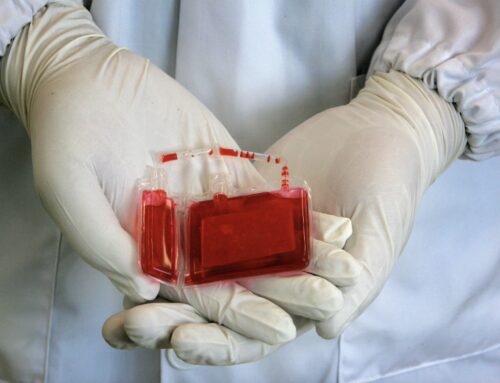Rescue Breathing and CPR, How To
How do I perform rescue breathing?
Rescue breathing, also known as artificial respiration, is a first aid technique used to provide oxygen to someone who is not breathing or is experiencing difficulty breathing. It is commonly performed in situations such as drowning, suffocation, or cardiac arrest. Here’s how to perform rescue breathing:
- Check for Responsiveness: Shake the person gently and shout, “Are you okay?” If there is no response, the person is not breathing, or is breathing abnormally, immediately call for emergency medical help.
- Open the Airway: Place the person on their back on a firm surface. Tilt their head back slightly by lifting the chin with one hand while pushing down on the forehead with the other hand to open the airway.
- Check for Breathing: Look, listen, and feel for signs of breathing for up to 10 seconds. Look for chest movement, listen for breath sounds, and feel for air on your cheek.
- Give Rescue Breaths: If the person is not breathing or is breathing abnormally, give two rescue breaths. Pinch the nose closed, place your mouth over the person’s mouth, and give two slow breaths, each lasting about one second, while watching for the chest to rise.
- Check for Pulse: After giving rescue breaths, check for a pulse for no more than 10 seconds. If there is no pulse, begin CPR (cardiopulmonary resuscitation) starting with chest compressions.
- Continue Cycles of CPR: Continue cycles of 30 chest compressions followed by 2 rescue breaths until help arrives or the person starts breathing on their own.
It’s important to receive proper training in CPR and rescue breathing from a certified instructor. The steps may vary slightly depending on the age of the person (adult, child, or infant) and the situation. Remember to stay calm and focused, and act quickly to provide life-saving assistance.
How do I perform CPR?
Cardiopulmonary resuscitation (CPR) is a lifesaving technique used to revive someone whose heart has stopped beating or is not beating effectively. CPR involves chest compressions to manually pump blood through the body and rescue breaths to provide oxygen. Here’s how to perform CPR on an adult:
- Check for Safety and Responsiveness: Ensure the scene is safe, and then check if the person is responsive by tapping their shoulder and asking loudly, “Are you okay?” If there is no response, call emergency services immediately.
- Open the Airway: Place the person on their back on a firm surface. Tilt their head back slightly by lifting the chin with one hand while pushing down on the forehead with the other hand to open the airway.
- Check for Breathing: Look, listen, and feel for signs of breathing for up to 10 seconds. Look for chest movement, listen for breath sounds, and feel for air on your cheek.
- Begin Chest Compressions: If the person is not breathing or is only gasping, start chest compressions. Place the heel of one hand on the center of the person’s chest (between the nipples), place the other hand on top, and interlock your fingers. Keep your arms straight, position your shoulders directly above your hands, and compress the chest at least 2 inches deep at a rate of 100-120 compressions per minute. Allow the chest to fully recoil between compressions.
- Give Rescue Breaths: After 30 compressions, give two rescue breaths. Pinch the person’s nose closed, place your mouth over their mouth, and give two slow breaths while watching for the chest to rise. Each breath should last about one second.
- Continue CPR Cycles: Continue cycles of 30 chest compressions followed by 2 rescue breaths. After the initial cycles, reassess the person’s condition every 2 minutes and continue CPR until help arrives, the person starts breathing, or you are too exhausted to continue.
It’s important to receive proper CPR training from a certified instructor to ensure you perform the technique correctly. The steps may vary slightly for children and infants. Remember, performing CPR can save a life, so don’t hesitate to take action if someone needs help.




